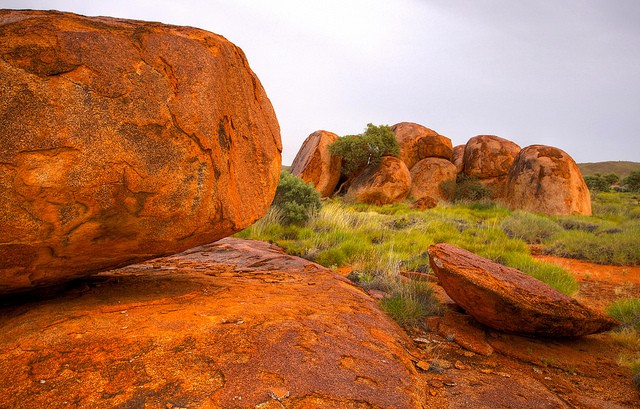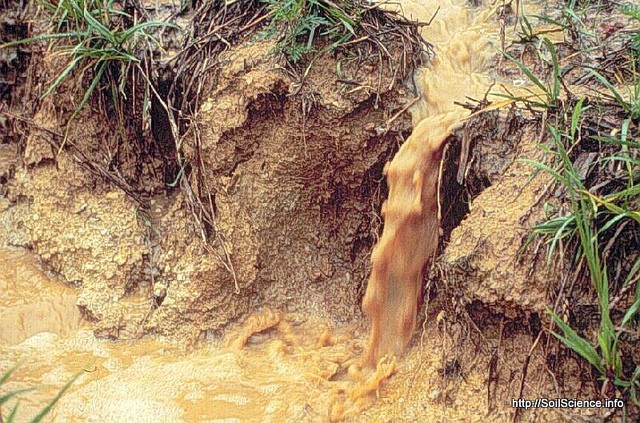Five Different Atmospheric Layers of the Earth
The atmosphere is the mass of air surrounding the earth. It’s constitutes a mixture of nitrogen (about 78%), oxygen (about 21%), and other gasses (about 1%) such as carbon dioxide (0.039%), argon (0.93%) and the rest are trace gases (krypton, neon, helium , and xenon). The mass of the atmosphere totals to about 5.15×1018 kg. Higher…





